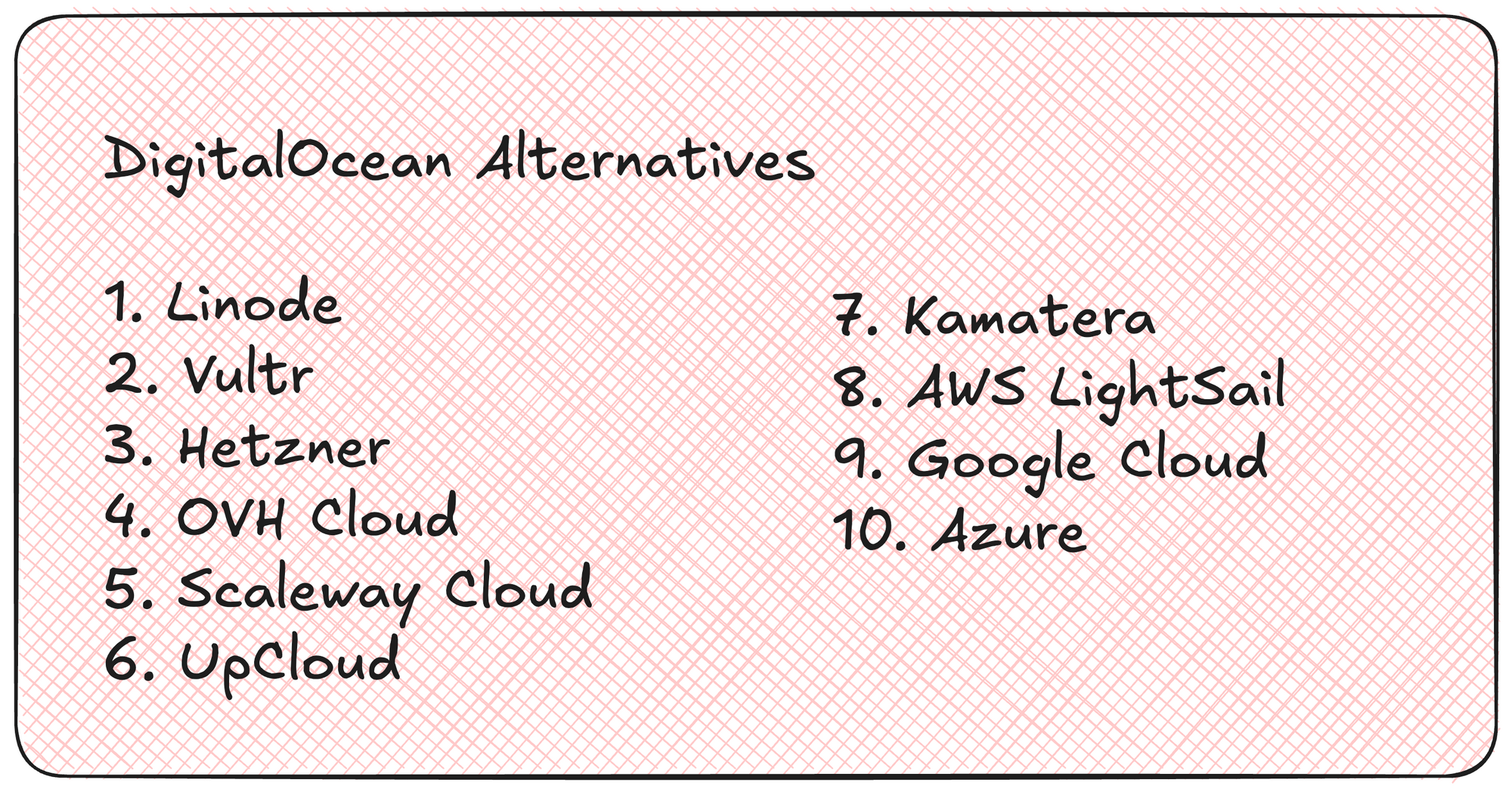In this article we are going to look at some of the DigitalOcean Alternatives
TL;DR Quick Picks
Drop in DigitalOcean alternatives: Linode from Akamai and Vultr - Simple pricing, easy UI and UX plus docs and easy to migrate from Digital Ocean.
Hyperscalers: Global scale with lots of services and managed databases - AWS/ GCP/ Azure - Large scale services, compliance with higher pricing.
EU data residency speciality: OVH cloud. Scaleway and Hetzner cloud - Low cost with keep data in the EU region
Custom Sizing/ bursty workloads - customizable instance configuration like number of cores, ram and disk spaces. There are not pre configured and you can customize as you seem fit.
Top Digital Ocean Alternatives in Detail
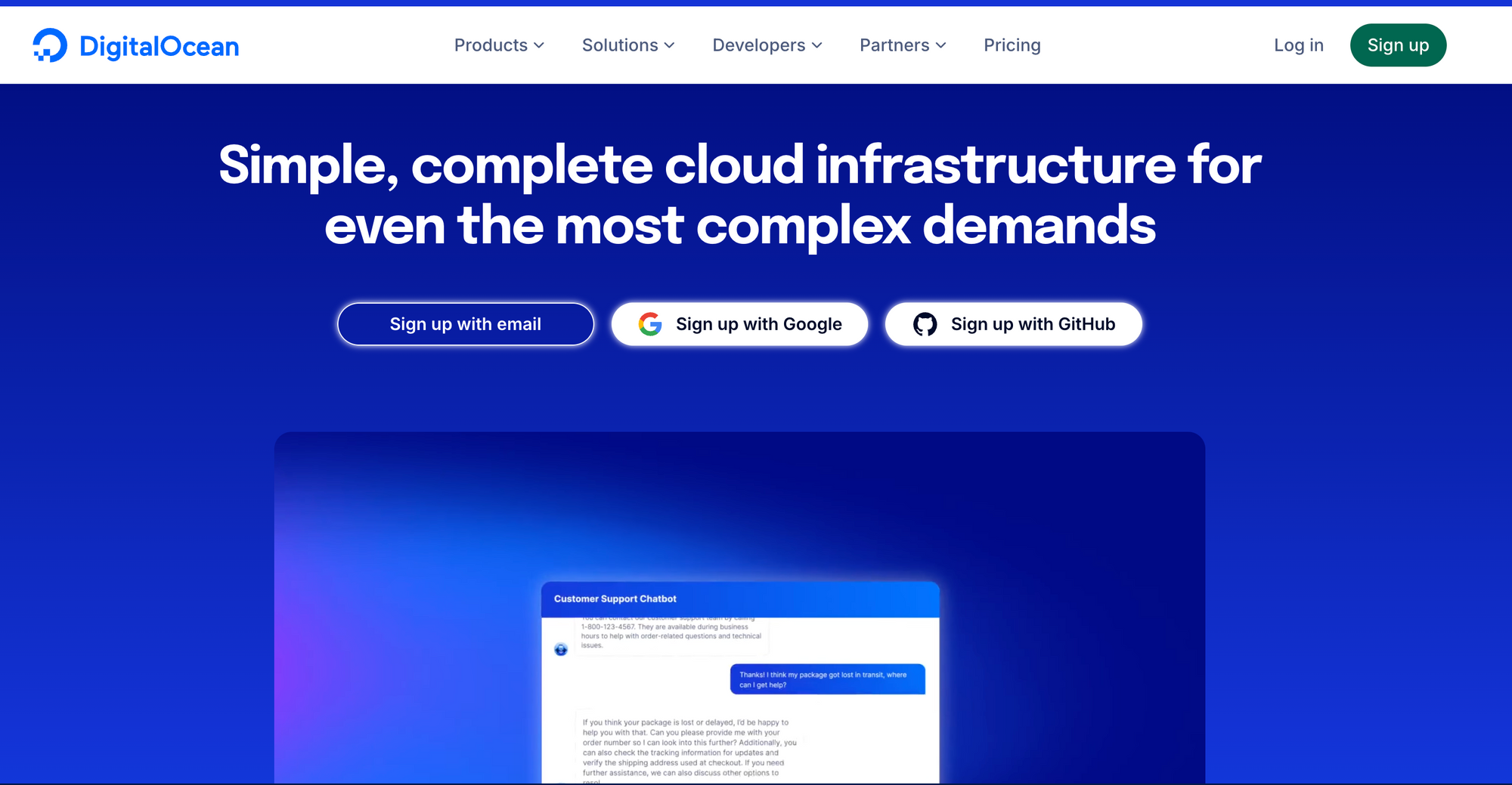
DigitalOcean vs Linode Akamai Cloud
DigitalOcean like developer experience with clean UI, simple pricing and essential services and managed databases.
Linode is now part of Akamai cloud which has large data centre footprint as compared to Digital Ocean's fewer regions
But Digital Ocean has more services and managed database varieties as compared Linda or Akamai cloud
Best For
Small to medium sized corporations, startups and indie projects, teams that want Digital Ocean style and simplicity with more regions
Strengths
- Simple, transparent pricing and resource tiers
- Developer documentation
- More Regions around the world
Trade offs
- Smaller service catalogue as compared to Digital Ocean
- Regional footprint is broader as compared to Digital Ocean but less than Vultr and Hyperscaler
- Advanced networking and compliance features are limited
Notable features
- Virtual Machines, block storage, load balancers, backups/snapshots
- Managed databases and Kubernetes
- Cloud firewalls, API /CLI, Terraform support
Cost posture
- Linode is budget friendly and predictable. There is good price / performance for common VM sizes
Migration from Digital Ocean
- Map Droplets -> Linodes, recreate volumes, firewalls and LB rules
- Rebuild images via snapshots or cloud init and reconfigure monitoring and alerts
- Recreate Databases from logical dumps; verify connection strings and SSL
- Post move burn in: CPU/IO/latency checks, backups, budget alerts
- Cut over DNS with reduced TTL, validate egress behaviour and CDN paths
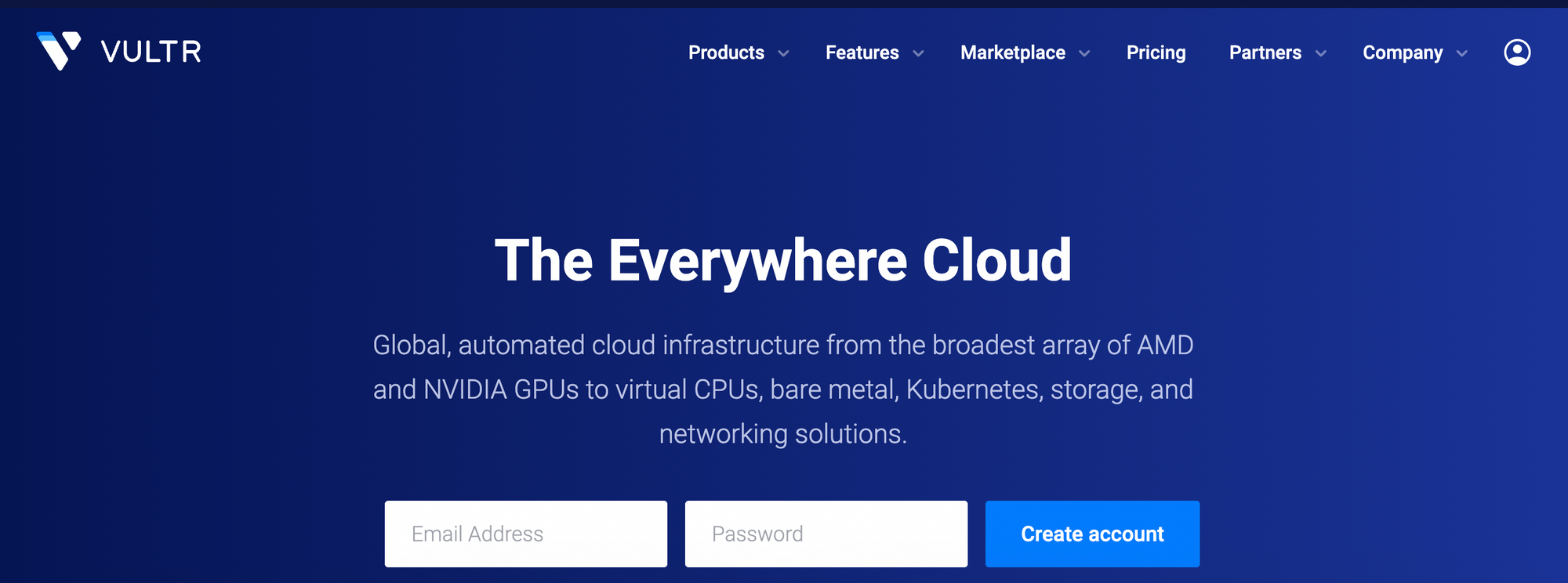
Vultr
Vultr has lots of regions and performance tuned High frequency SKUs available.
It also has growing managed stack of services. When you want lots of regions flexibility, High frequency compute and speed to deploy without much complexity
Best for
High frequency cloud, global apps with lots of regions, startups and small to medium companies, SaaS, game servers, hobby to business workloads
Strengths
- Variety of instance types including bare metal servers
- Broad geographic reach with 32 regions and fast provisioning
- Easy to use and developer friendly control panel and API
Trade Offs
- Smaller ecosystem and services vs Digital Ocean and Hyperscalers
- Support system and SLAs may be leaner than enterprise clouds
Notable Features
- VMs, block/Object storage, load balancers, DDoS options
- Managed databases and a new managed Kubernetes offering
- Marketplace images, snapshots/ backups and Terraform support
Cost posture
Competitive list pricing with attractive cost per performance, cheap egress costs.
Migration notes from Digital Ocean
- Convert Droplet images to new instances then reattach storage and firewall rules
- Recreate the Load Balancer rules in Vultr same as in Digital Ocean and then update the auto scaling equivalents
- Benchmark the CPU requirement vs the current one in Digital Ocean and right size the instances
- rewrite the cron jobs and the startup script
- Validate that all the health checks are working properly
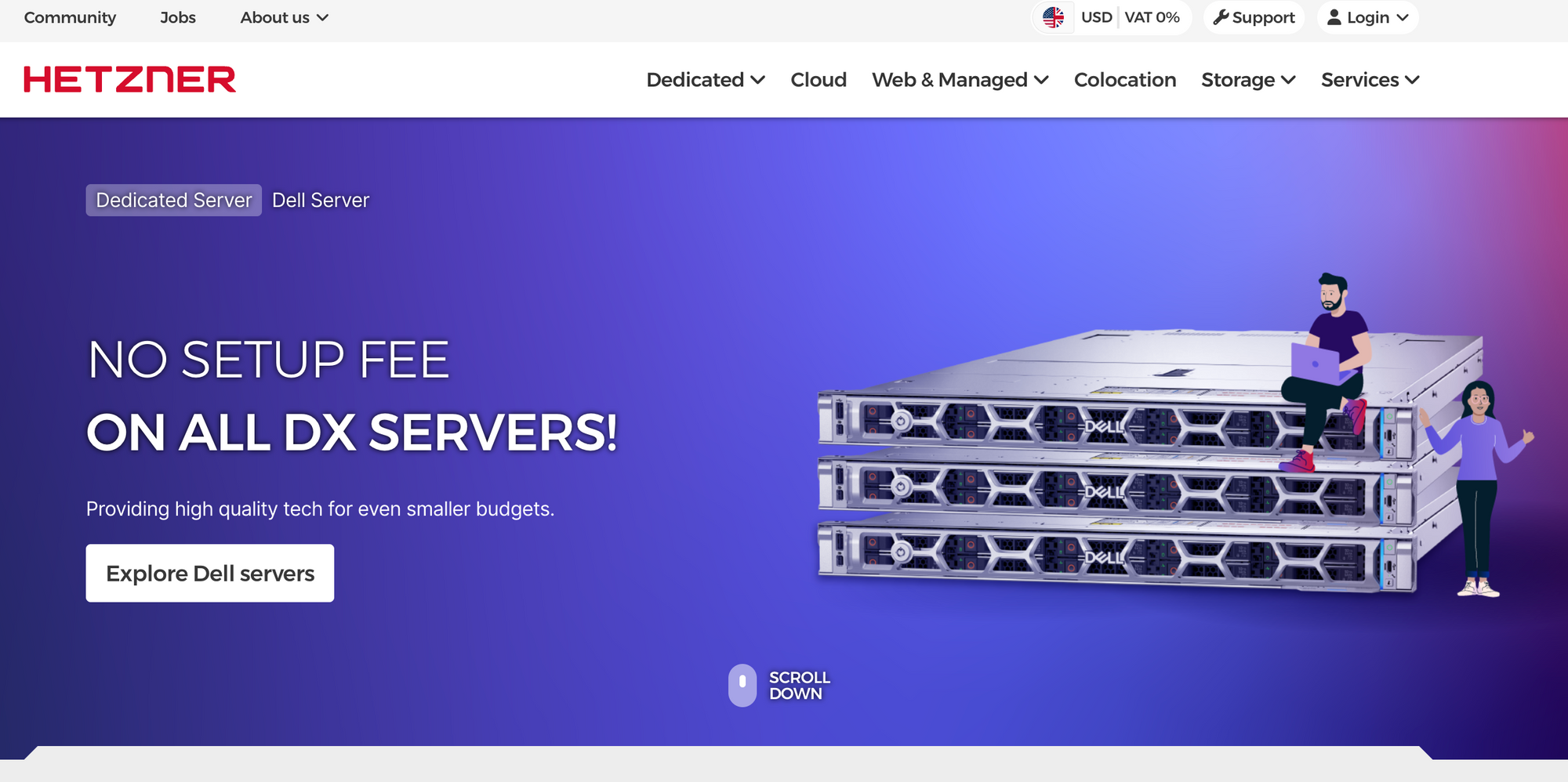
Hetzner Cloud
Cheapest Cloud for EU centric workloads with developer friendly API. When you need cheap cloud with raw performance more than expansive features and a global footprint
Best For
EU based companies, startups, high IO/ compute per dollar requirements. developer machines and indie startups
Trade Offs
- Limited non-EU presence, latency can be a factor for global audiences
- Managed service catalog is small, you have Do it yourself and use third party tools
- Support SLA posture is not that great
Notable features
- Cloud servers. block storage, snapshots, floating IP and Load Balancers
- Object/remote storage options and strong community support operators and integrators
- Popular IaC tooling, CSI/CNI support for DIY Kubernetes
Cost posture
Cheapest of all Digital Ocean alternatives, best performance per dollar in the EU regions. Validate the egress cost and backup options
Migration notes for Digital Ocean
- Rebuild the Droplets as Hetzner VMs, restore datas from snapshots or rsync /object sync
- Recreate LBs, health checks and firewall rules
- If you have private networks than those do not work properly with Hetzner cloud.
- Load Balancers, health checks and private networks are all available in Hetzner cloud but do not work seamlessly. If you just need a VM then Hetzner is good, if you rely on services than look elsewhere.
- Verify latency from different geographic users
- Script storage and snapshot policies, confirm backup and retention
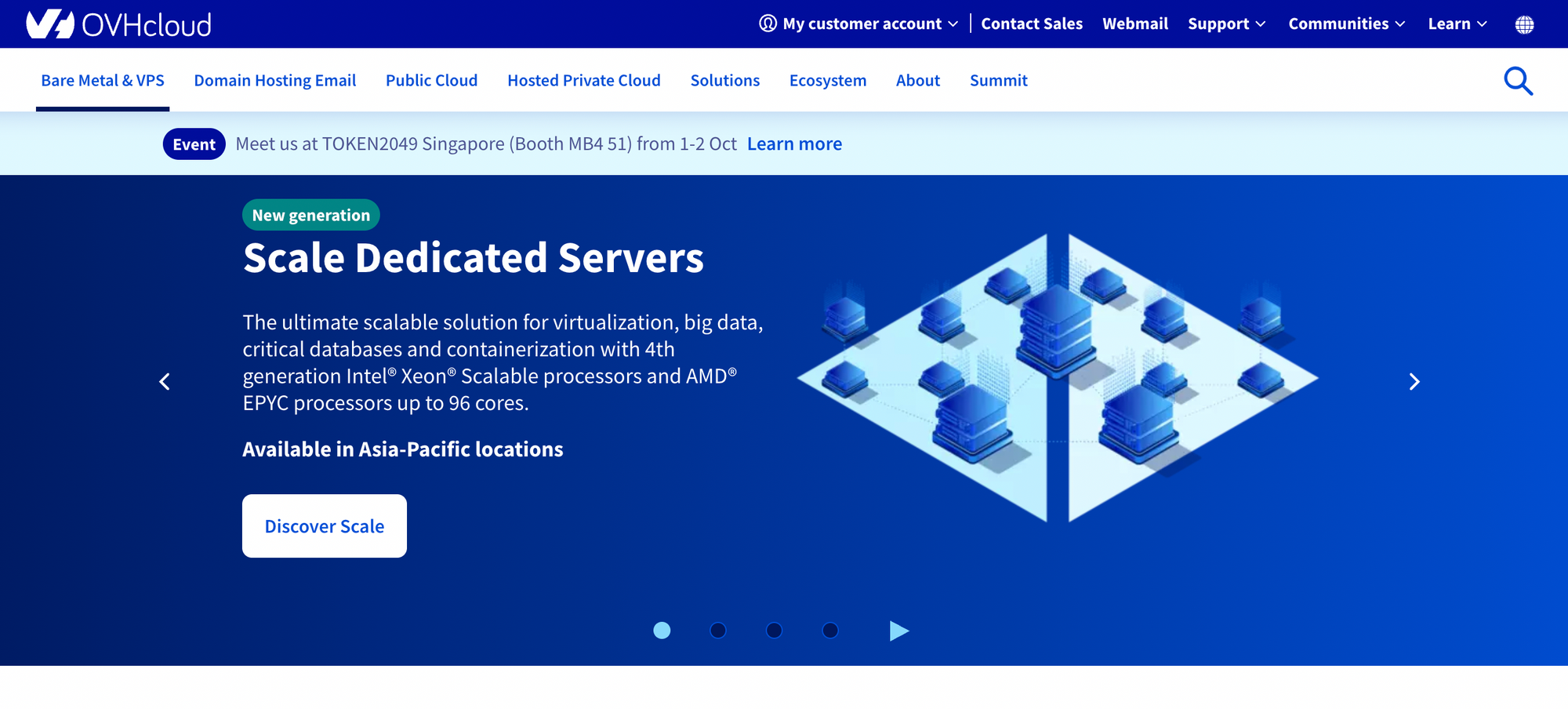
OVH Cloud
EU based provider that has a broad range of offering specializing in cheap bandwidth costs.
OVH Cloud has all sorts of offerings from VPS, public cloud, to bare metal servers. There are good options for teams that need European data residency requirements.
Best for
If you need EU residency and hybrid setups using VMs with bare metal servers, then OVH Cloud is a good option. This is also good for teams who need cheap compute in the EU.
Strengths
- There is a wide catelog of services: VPS, public coud and automated bare metal
- Generous free bandwidth and unlimited free bandwidth for dedicated bare metal servers with DDoS protection built in
- Private networking and multiple EU locations
Trade Offs
- Control plane UX and docs can feel clunky and there is a learning curve
- Very few non EU regions as compared to other regions
- Naming and product sprawl can add learning
Notable features
- Automated vRack private networking and bare metal servers
- Object storage, load balancer and snapshots and backups
- Managed Kubernetes and databases
Cost posture
Value oriented especially for bandwidth
Migration from Digital Ocean
- Map droplets to OVH cloud public cloud instances
- recreate firewall rules and Load Balancer rules
- Rebuild images and move the Spaces data to Object storage
- Lower DNS TTLs for cutover before switching
- Recreate networking and test failover
- Restore DBs from Dumps confirm uses/SSl and connection Strings.
- Benchmark latency/bandwidth place CDN PoPs close to users.
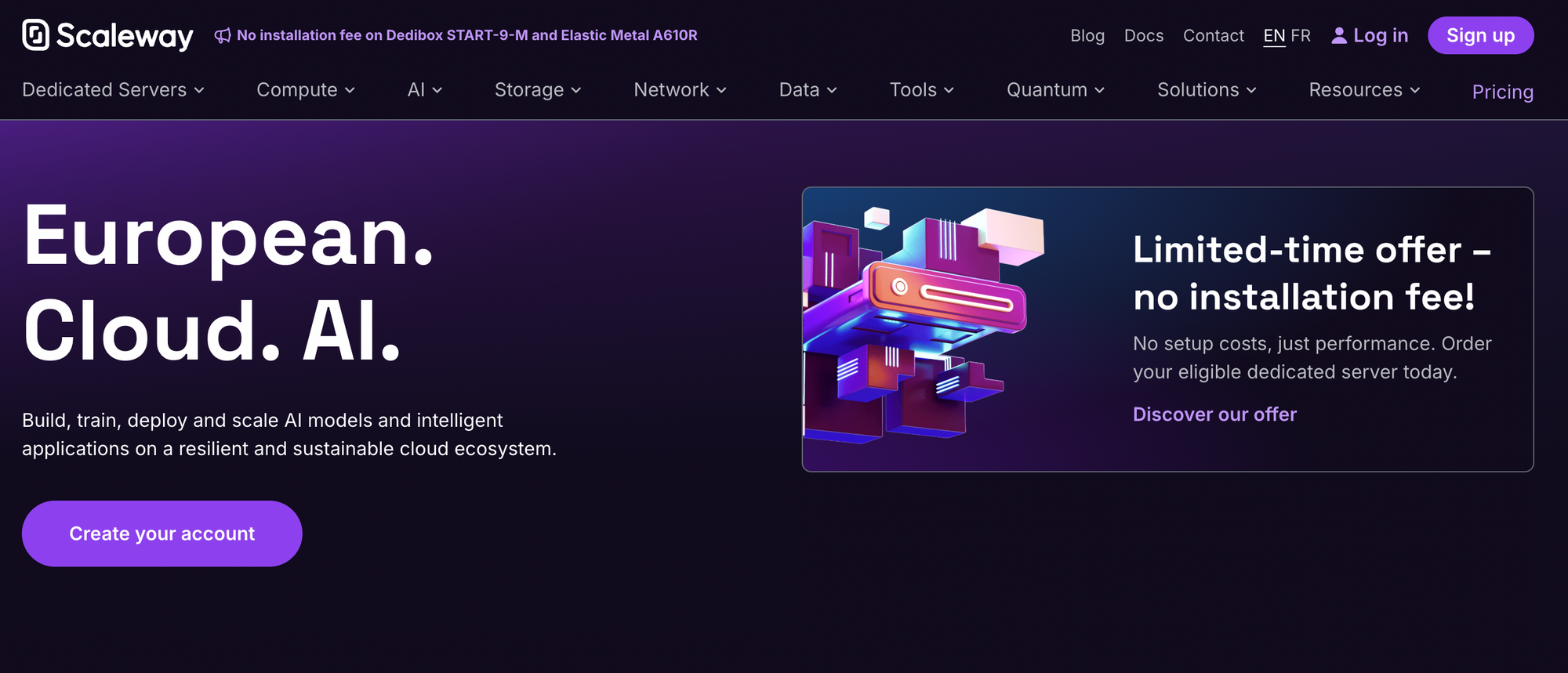
Scaleway Cloud
This is also a EU-first cloud, which is developer-friendly and has a mix of VMs, Kubernetes, and server-less features.
It has good balance between services and simplicity.
Best for
EU only startups, app teams, and companies that need managed services like databases, Kubernetes, and containers with simple UI and straightforward pricing.
Strengths
- Clear EU data residency and straightforward console
- Managed K8s, databases, Object storage and serverless options
- Good docs and tooling for small teams
Trade-Offs
- Smaller regions footprint and ecosystem
- Feature availability varies by regions
- Some advanced networking
Notable features
- Instances are available including Kubernetes
- There are serverless containers and functions, object storage and Load Balancers
- API/CLI and Terraform integrations
Cost posture
- Competitive in EU context verify egress, backups and per featuer limits
Migration notes from Digital Ocean
- Move apps to instances or Kapsule, port Ingress and LB configs
- Sync Spaces -> Scaleway Object Stroage, update CI/CD secrets
- Recreate firewall
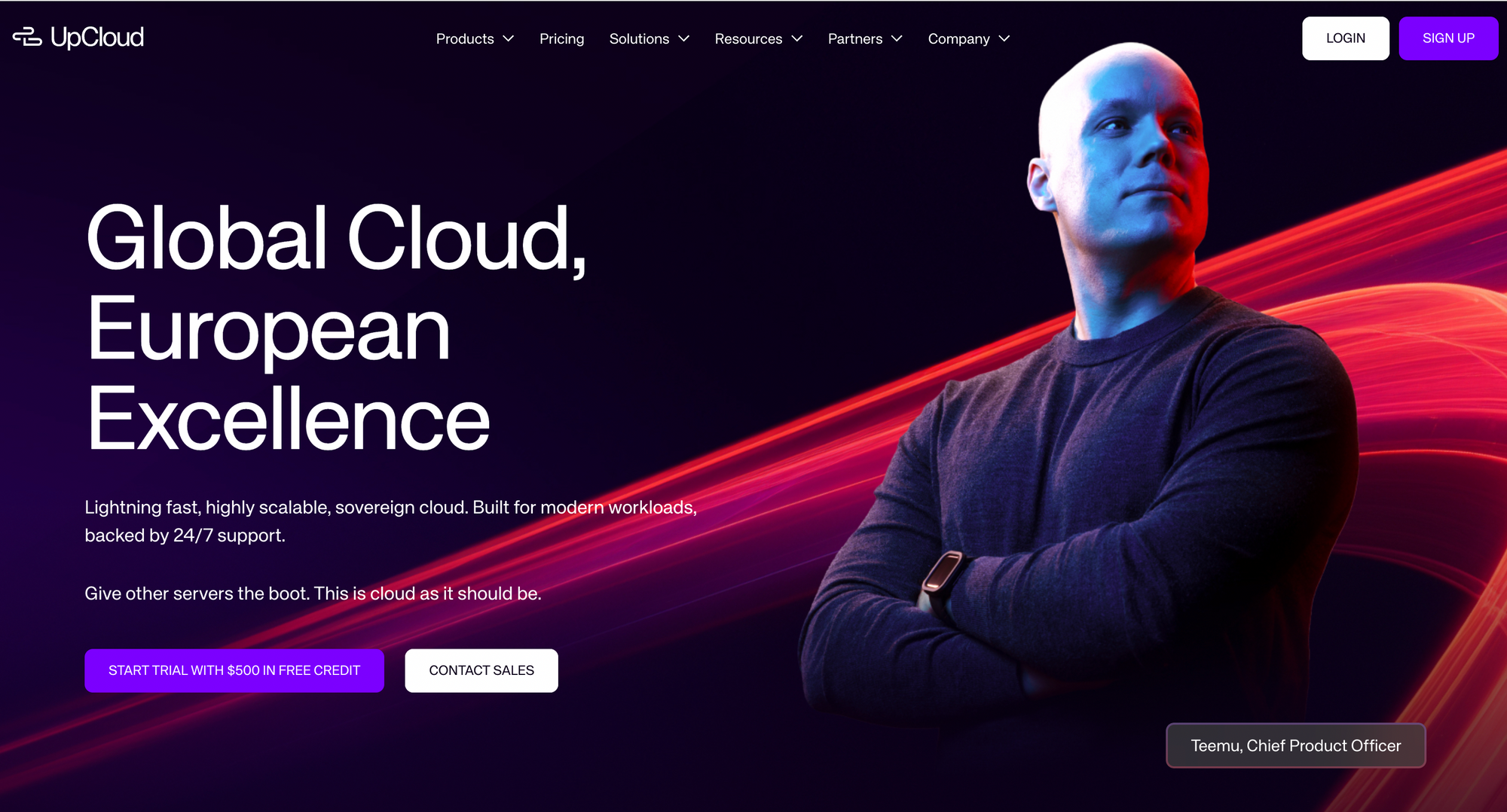
UpCloud
UpCloud USP is very fast block storage with strong I/O performance, predictable and reliable VM performance, and good networking.
UpCloud also highlights managed DB and Object storage options alongside programmable networking.
Best For
IO-heavy databases, apps where you need consistent disk performance matters and teams that need predictable infrastruture
Strengths
- High throughput block storage that is designed for low latencu and consistent throughput
- Developer friendly control plane + API and good Terraform /CI integrations
- Managed databases and object storage options for simper operations
Trade Offs
- Small global footprint as compared to others
- Managed service catalogue is small
- At scale there are gaps in services that you might need
Notable features
- Fast block storage, managed object storage and managed databases, snapshots/ backups, private networking and floating IPs
Cost Posture
Good performance for dollar spent for storage intensive workloads, pricing is consistent for storage as well as VMs
Watch out for egress pricing and backup retention policies when modeling the Total Cost of Ownership
Migration from Digital Ocean
- Rebuild Droplets as Upcloud VMs, then migrate the disks via rsync or Object storage, and restore databases from logical dumps.
- Recereate private networks floating IPs firewalls and LB health checks
- Validate snapshots/backup schedules and retention after migration
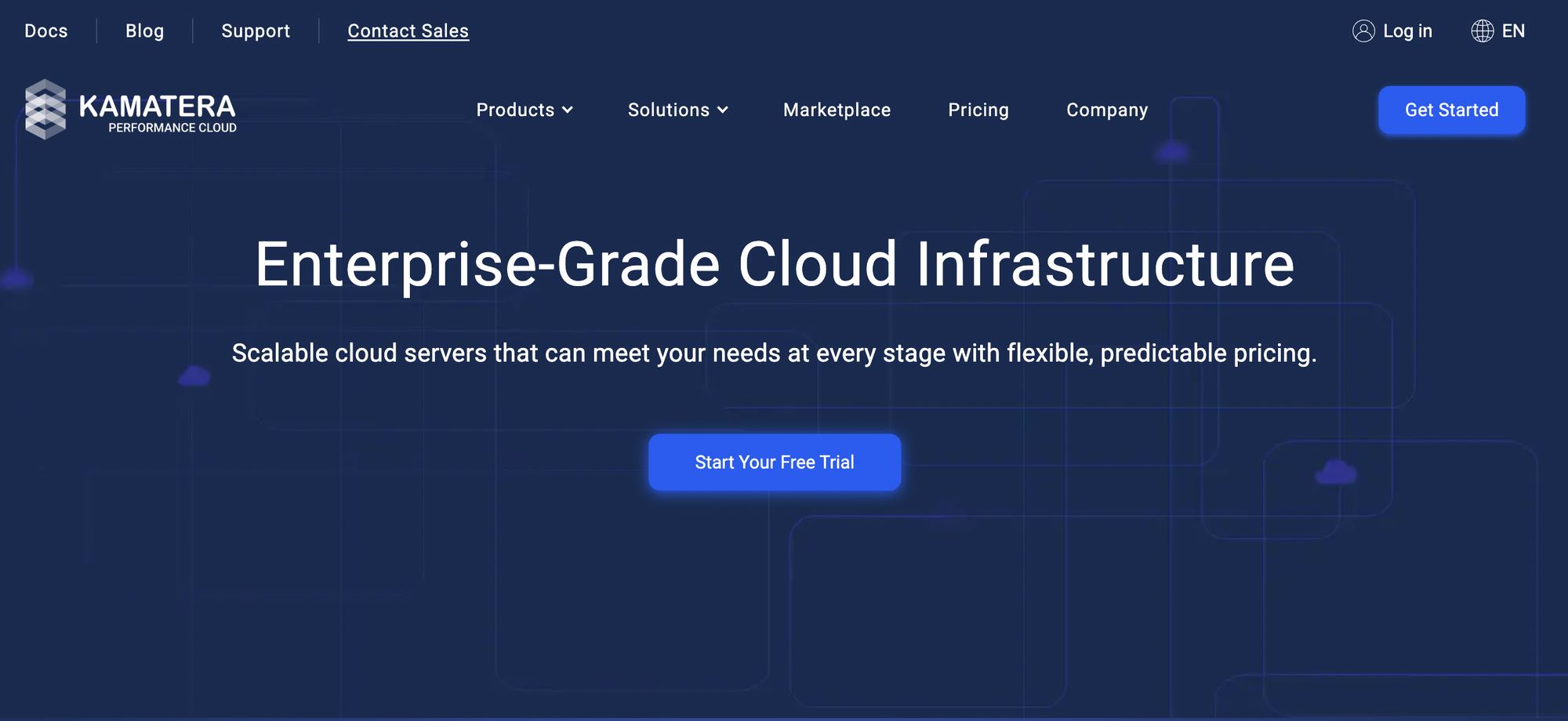
Kamatera
Highly flexible cloud that offers very granular server sizing and near instant scaling
Marketed as quick scale ip/down and per minute billing for custom instances. Good for teams that need unusual resource mixes and rapid rigid capacity changes.
Best for
Workloads need custom instance sizing, with bursty traffic patterns, you can control the vCPU/RAM/disk combinations. this is for team that need instant vertical scaling
Strengths
- flexible instance sizing with you deciding how many cores, exact ram and disk allotment that you need. Plus easily scale up and down the instances
- best for use cases where reserved instances are not good enough for your apps resource profile
Trade Off
- More hands on than managed PaaS, you get the flexibility at the cost of managing more stack.
- Less ecosystem and services than compititors.
- For large applications there is a lot of overhead and need for tooling requirements
Notable features
- Custom cloud servers, instant scaling, load balancers, private networking, online support and abiity to clone and replicate servers across different datacenters
Cost posture
Flexible pay as you go pricing that is compititave for custom configurations
This is a good option for teams that need minute to minute scaling for implementing cost control
You can model you workloads as sustained or bursty to decide if Kamatera is a good choice for you
Migration from Digital Ocean
- Recreate app servers with Kamatera custom configs, use the image snapshots or sync for file transfer and logical DB dumps for data
- Re establish firewalls, load balancers and private networks, then use cloning to replicate environments for staging
- Test the scaling operations that is scaling the VMs up and down to validate behaviour
- Choosing the initial instance sizes that match current CPU/ram/Io profiles, validate scaling operations
- Migrate DB with logical dumps and verify replication and failover
- Lastly, run full load tests after scaling to verify that everything is working fine
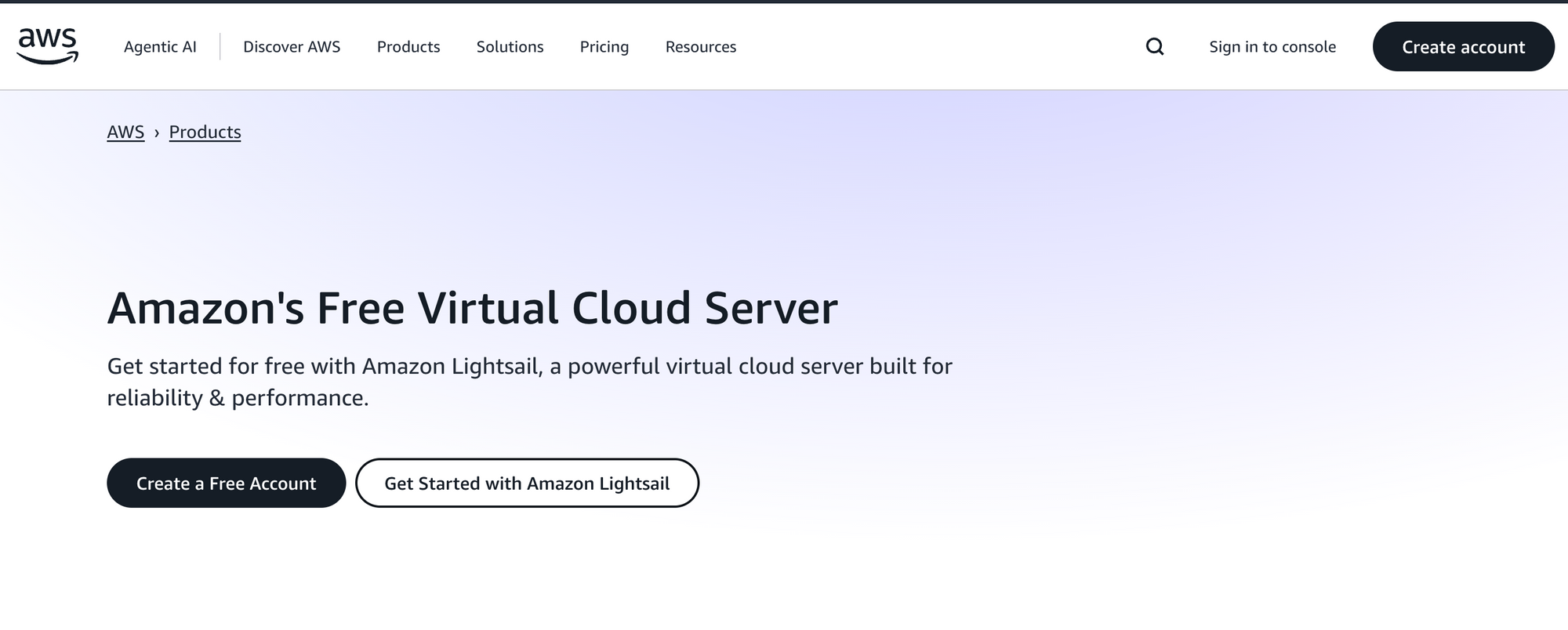
AWS Lightsail
AWS provides two useful compute paths for teams. Lightsail is a simple VPS like deployment that has bundled storage and networking.
EC2 has full control, wide instance variety and deep integration with AWS services. Lightsail is intentionally simpler. EC2 is the full featured highly scalable option
Lightsail instances can be easily be ported to EC2, so if you are a startup that is looking for a simpler and cheaper alternative right now but would need hyperscaler services and ecosystem when you scale, then AWS Lightsail might be the right choice for you
Best
- Best for startups and companies that might need simpler and cheaper instances right now but later when you scale might need reliability and services of Hyperscalers
- For companies that might need full feature set of AWS in the future
Strengths
- Predictable pricing with bundled CPU/Ram, storage and bandwidth
- Easy to use console and API with preconfigured blueprinte like Nodejs etc
- Integration path to full AWS ecosystem if in the fututre you need more services
- Managed Databases load balancers and snapshots are included
Trade Offs
- Limited instance types and fewer services than EC2
- Feature stack is capped at common workloads
- Not designed for large and highly specilized workloads
- Networking features are simplefied
- Egress beyond the included allowances is quite expensive
Notable features
- VPS instances with SSD storage and bundled bandwidth
- Pre-built app stacks and container deployments
- Managed relational databases and load balancers
- DNS management and monitoring alerts built in
Cost posture
Lightsail uses the flat pricing model which is much cheaper than EC2 and inline with Digital Ocean and others.
When your traffic needs are inside the allotted limits then its quite cost effective.
Once bandwidth, database sizes and CDN usage surge, model your costs carefully and consider if you need another VPS provider
Migration from Digital Ocean
- Map Droplets to Lightsail plans with similar vCPU/RAM reprovision via cloud init or images then copy files with rsync/ssh then move object data
- Reacreate networking, open the needed port and then attach all the static IPs that you need to the VMs then setup load balancing and then setup HTTPS with managed certificates
- Move databses using logical dumps or replication, verify users/SSL, lower DNS TTL and then validate app/env secrets and webhooks
- Pick a plan that fits CPU/RAM + bandwidth transfer that you might need. set alarms and alerts for budget before you go live
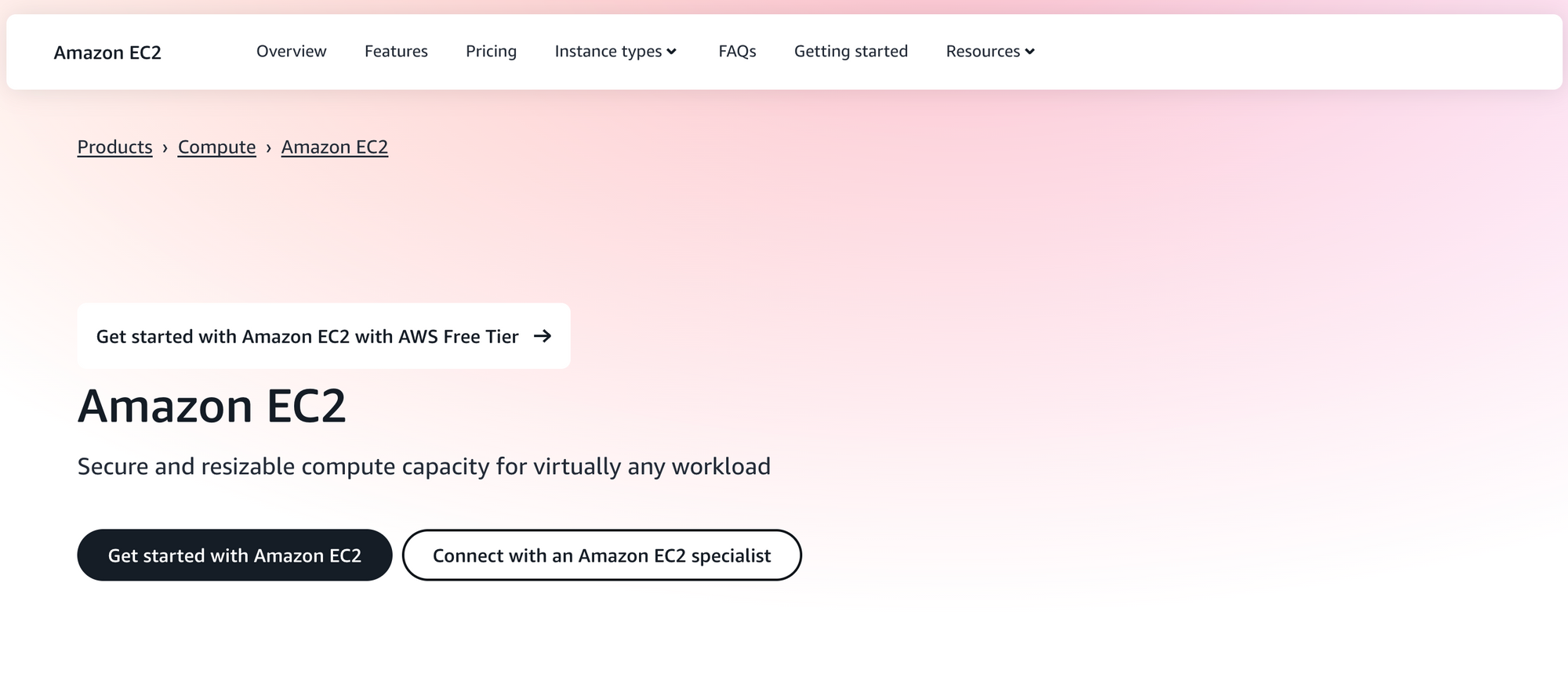
Amazon EC2
Ec2 is the orignal hypervisor. Here you can choose from a vast portfolio of instance families that is general purpose, or compute/memory/storage optimized, GPU and bare metal as well.
There are compose networks, security and storage to fit any arhitecture. It is designed for elasticity autmation and deep integration with broader AWS stack
Best for
Large or fast growing startups, enterprises, large corporations, latency sensitive APIs, enterprise workloads, specialized compute (GPU/FPGA), regulated environments and teams that need auto scaling
Strengths
- Large instance family with x86, arm, CPU instensive, memoery intensive, storage and GPU. There are local NVMe and bare metal
- Mature autoscaling (scale policies, health checks, rolling updates and orchestration patterns
- There are rich VPC networking controls like CIDR, subnets, gateways, security groups with lots of different service integrations
Trade Offs
- Quite complex to operate, there is a large learning curve to configure all the services like networking IAM and others
- Cost management requires lot of work like egress monitoring compute monitoring. Everything is more expensive as compared to Digital Ocean and its look alikes
- Operational surface is huge as compared to DO style VMs
Notable features
- Instance famalies and instance store vs EBS, placement groups, Autoscaling groups, multi AZ patterns
- VM constructs and launch templates
Cost posture
On demand is flexible savings plan and reserved instances that can reduce cost if you can commit to steady usage
Capacity choices, storage/EBS, data transfer and managed add-ons drive up the cost
Migration from Digital Ocean
- Network first: Mirror inbound rules, design VMs, subnets, routing, etc
- Images and provisioning: convert or rebuilt the Droplet images to AMIs and use cloud-init in launch templates attach EBS with right IOPS/througput
- Scale and traffic: front with SLB/NLB, place in multiple AZ zones and set auto scaling health checks, do rolling blue green cut overs
- Stand up VMs + subnets + SGs then deploy via launch templates
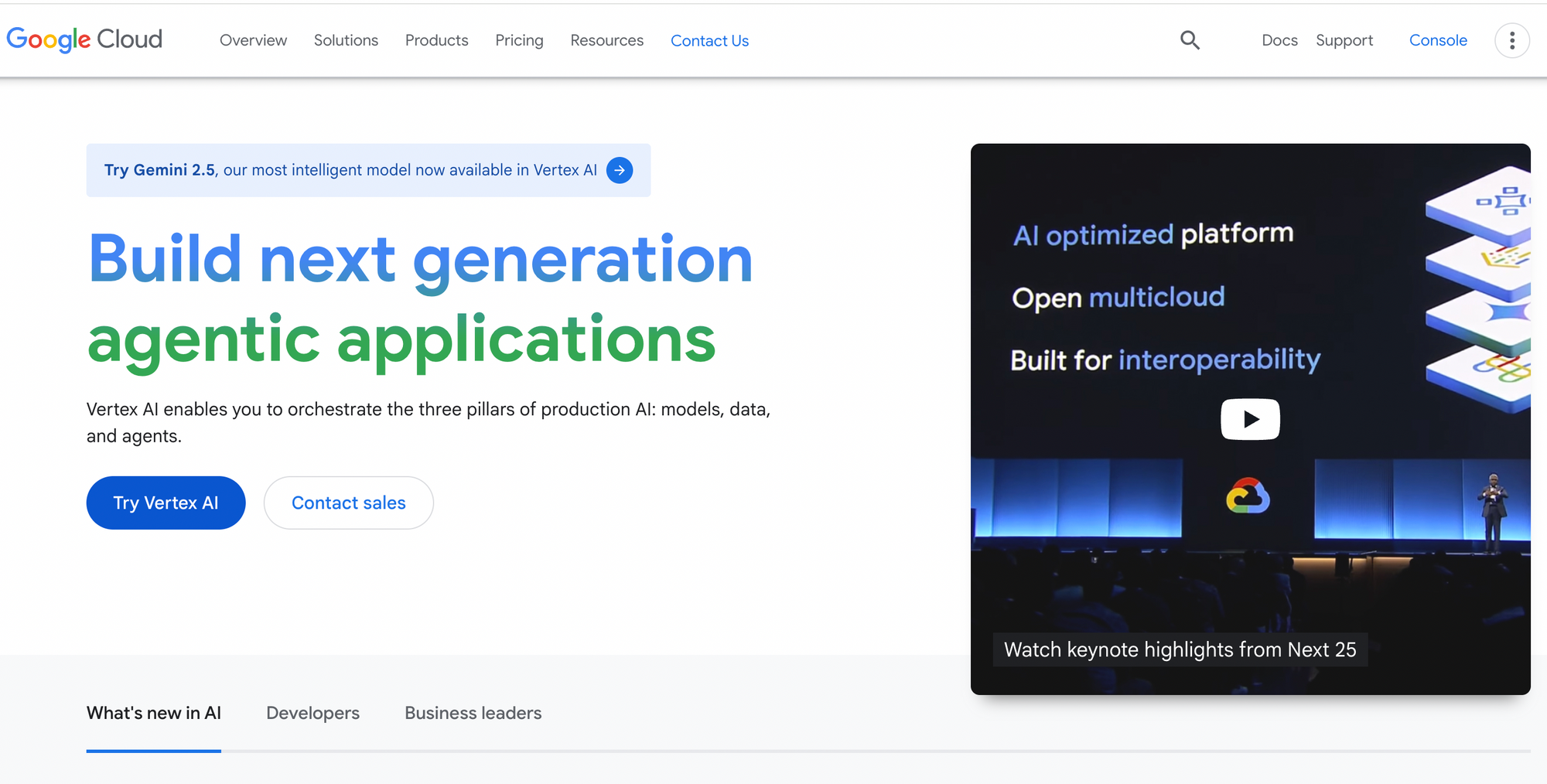
Google Cloud
GCE gives you self managed VMs with autoscaling primitives. GKE has the best in class Kubernetes with autopilot mode that offloads the node management.
Google has global backbone and load balancing stack that provides low latency and reliability
Best for
- GKE autopilot manages nodes, security baselines and scaling from manifests with strong SRE defaults
- Managed Instance Groups that need autohealing and autoscaling with multizone coverage.
- Sophisticated Cloud load balancing (L7/L4 global, regional, or cross region load balancing is available)
- Network service tiers. Google has two network service tiers. Choose Premium which uses google backbone for low latency or Staandard for cost effciency
Trade Offs
- GKE abstracts away the nodes in autopilot which is good for ops but less control for someone who require any niche tuning
- GCE is a hyperscaler, which means it requires a learning curve to function effectively.
- Some services and features vary by region so plan the region strategy before hand and see if you have all the features that you need in the region that you need.
Notable features
- Custom machine types and Instance templates
- Autopilot/Standard, node pools, regional clusters, Workload Identity
- Cloud Load Balancing, managed databases
- Network tiers that is premium and standard
Cost posture
There are good options to optimize steady state with committed use discounts for the google compute engine and other services. Network egress and LB usage are the major cost levers.
Migration from Digital Ocean
- Create all the VPC/subnets/firewalls and then create instance templates. rsync snapshots to cloud storage and restore, front Cloud Load Blancing and test multi zone failover
- When running the Google Kubernets Cluster decide if you want to go the Automatic route or the Standard route. Then containerize the apps, set resource requests and limits, use the GCLB Ingress and lastly bind the service accounts using workload identity
- Choose the premium or standard network tier according to your requirements

Microsoft Azure
Azure VMs and AKS that is mananged Kuberenetes form Azure serve enterprises and hybrid shops well
You have a strong Windows integration apart from all the other Linux VMs and services that other hyperscalers are offering with rich networking and broad compliance
Azure is more focused towards enterprises than startups and small companies
There are Load balancing options available as well with LB, and managed databases that cover common SaaS needs
Best for
Enterprises that need granular policy control, teams that are leaning on AKS, managed disks and Azure networking portfolio
Strengths
- Deep Windows integration with enterprise identity alignment, AKS offloads cluster ops
- Mature laod balancing stack, Azure load balancer
- Broad managed database options
Trade Offs
- Console terminology is complex
- Some services are region specific
- Cost tuning requires attention to VM famalies, disks, outbound data etc. There are a lot of options and if not chosen properly this could run up the cost and fast
Notable features
- Azure VMs both Linux and Windows, Managed disks, Networking
- AKS with automatic upgrades, node pools, autoscaling. App gateway Ingress controller for AKS
- Layered LB options + WAF with Application gateway.
Cost posture
Azure has a wide variety of instance types and costs associated with it. If not chosen properly the cost can run up fast.
There are a lot of different varieties of instance types and services and a learning curve is required to be properly able to configure the system.
Although you can reserve the instances to save some costs but careful planning is required.
